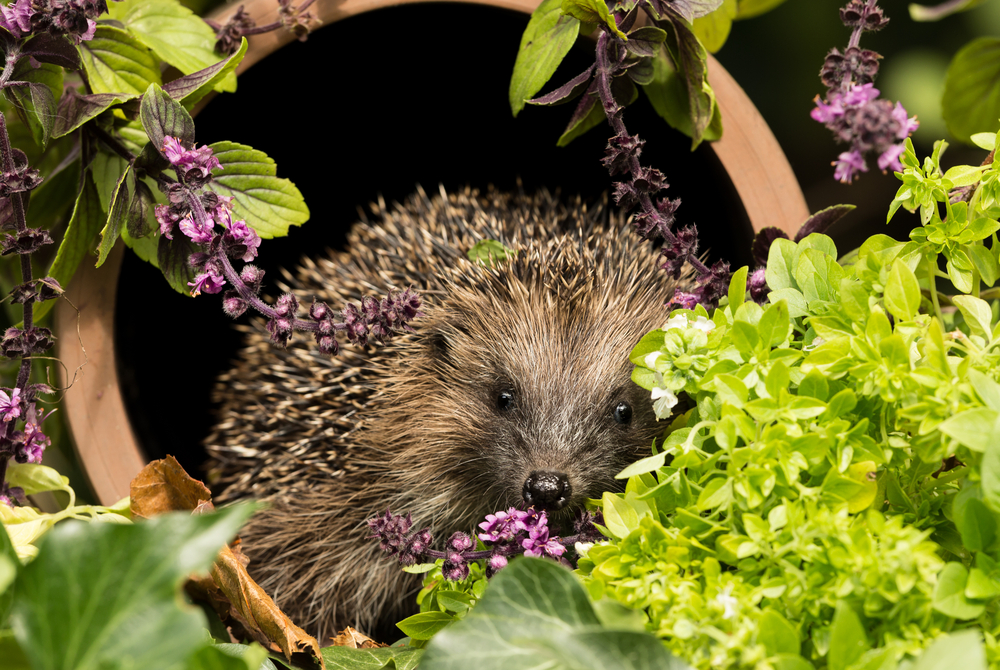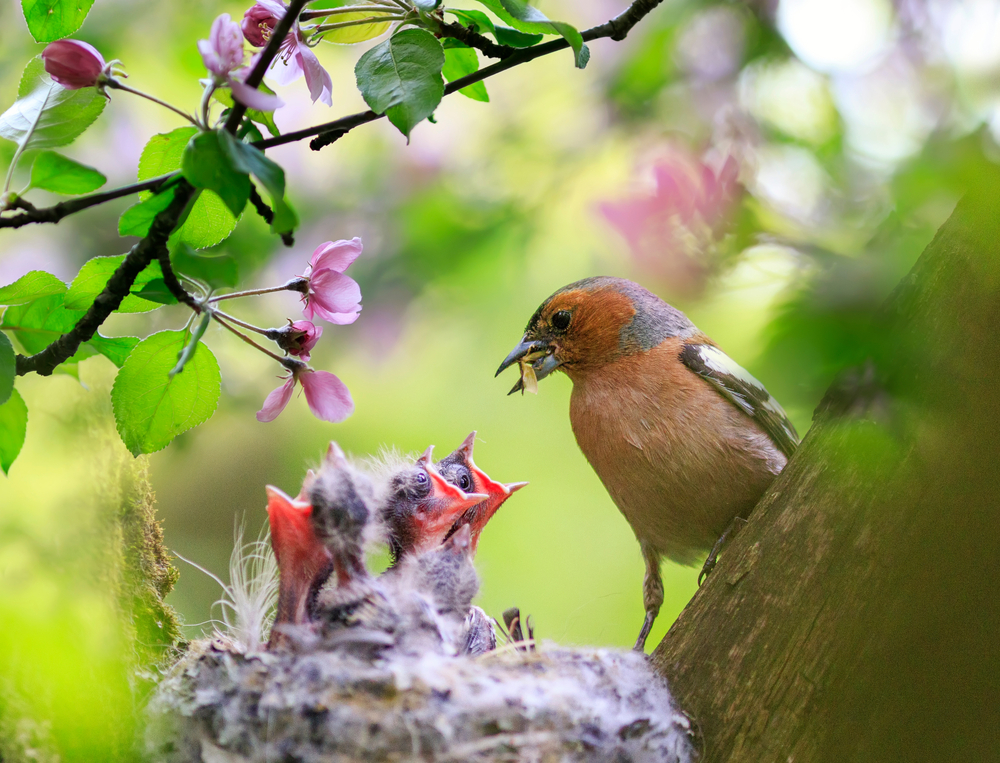Protecting wildlife begins right in our own communities. While large-scale conservation efforts grab headlines, local actions are equally vital to preserving biodiversity and protecting natural habitats. When you engage with conservation initiatives in your area, you contribute to global efforts on a personal level, helping ensure the survival of species and the health of ecosystems. Here’s how to support wildlife conservation right where you live—and make a meaningful impact.

One of the most effective ways to support local conservation is by creating wildlife-friendly spaces at home. Transform your yard, balcony, or garden into a habitat with native plants that attract pollinators, birds, and small mammals. Pollinator-friendly plants provide essential nectar for bees and butterflies, while trees and shrubs offer cover for birds and other animals. Even a small water feature, like a birdbath, gives wildlife a safe place to drink and bathe. By turning your green space into a mini refuge, you help sustain local wildlife and contribute to biodiversity.
Volunteering with local conservation groups is another impactful way to support wildlife. Many organizations organize habitat restoration projects, community cleanups, and educational workshops. These events often rely on volunteers to plant native species, remove invasive plants, and clean up litter in parks or along waterways. Volunteering not only helps protect wildlife but also connects you with like-minded community members passionate about conservation. Plus, you’ll learn practical skills that can enhance your understanding of the environment.
Education plays a crucial role in conservation efforts, and you can make a difference by spreading awareness in your community. Hosting or attending workshops, sharing resources on social media, or participating in local conservation events encourages others to get involved. Schools, community centers, and libraries are often open to hosting talks on local wildlife and conservation challenges. Educating your community builds collective knowledge, empowering others to take simple steps that collectively make a big impact on preserving local ecosystems.
Citizen science projects are a fantastic way to actively support conservation while contributing to valuable research. Many local organizations run programs where you can report wildlife sightings, monitor plant growth, or track weather conditions. These data points are invaluable to scientists studying biodiversity and environmental health. Apps like iNaturalist and eBird allow you to upload your observations, creating a global database that conservationists use to track species populations and inform policy decisions. It’s a simple yet powerful way to aid wildlife research.

Finally, supporting eco-friendly policies and initiatives at the local level can drive lasting change. Attend town meetings, support legislation that protects natural spaces, and encourage local officials to invest in green infrastructure. Many cities are implementing measures like wildlife corridors, green roofs, and urban gardens that benefit both residents and wildlife. By advocating for these initiatives, you help create a community where conservation is a priority, ensuring that future generations inherit a vibrant, biodiverse environment.
Contributing to wildlife conservation locally is both rewarding and impactful. Every action, from planting native flowers to supporting conservation policies, adds up to a larger movement aimed at protecting the planet. By engaging in these small but meaningful efforts, you play an essential role in safeguarding local wildlife and preserving the beauty of nature right at home. Together, we can create a world where wildlife and people coexist harmoniously in thriving, sustainable communities.
